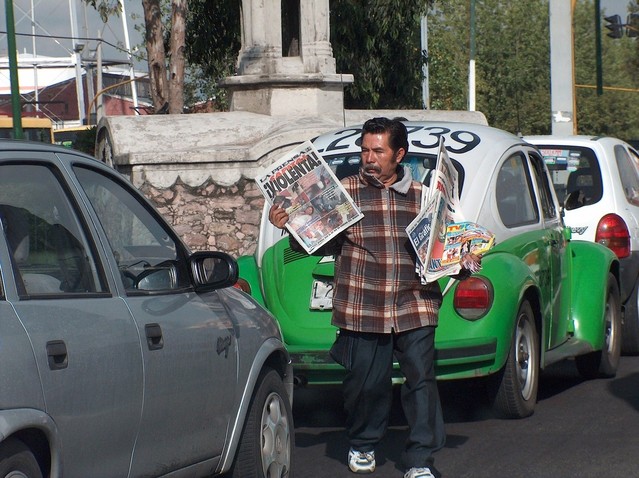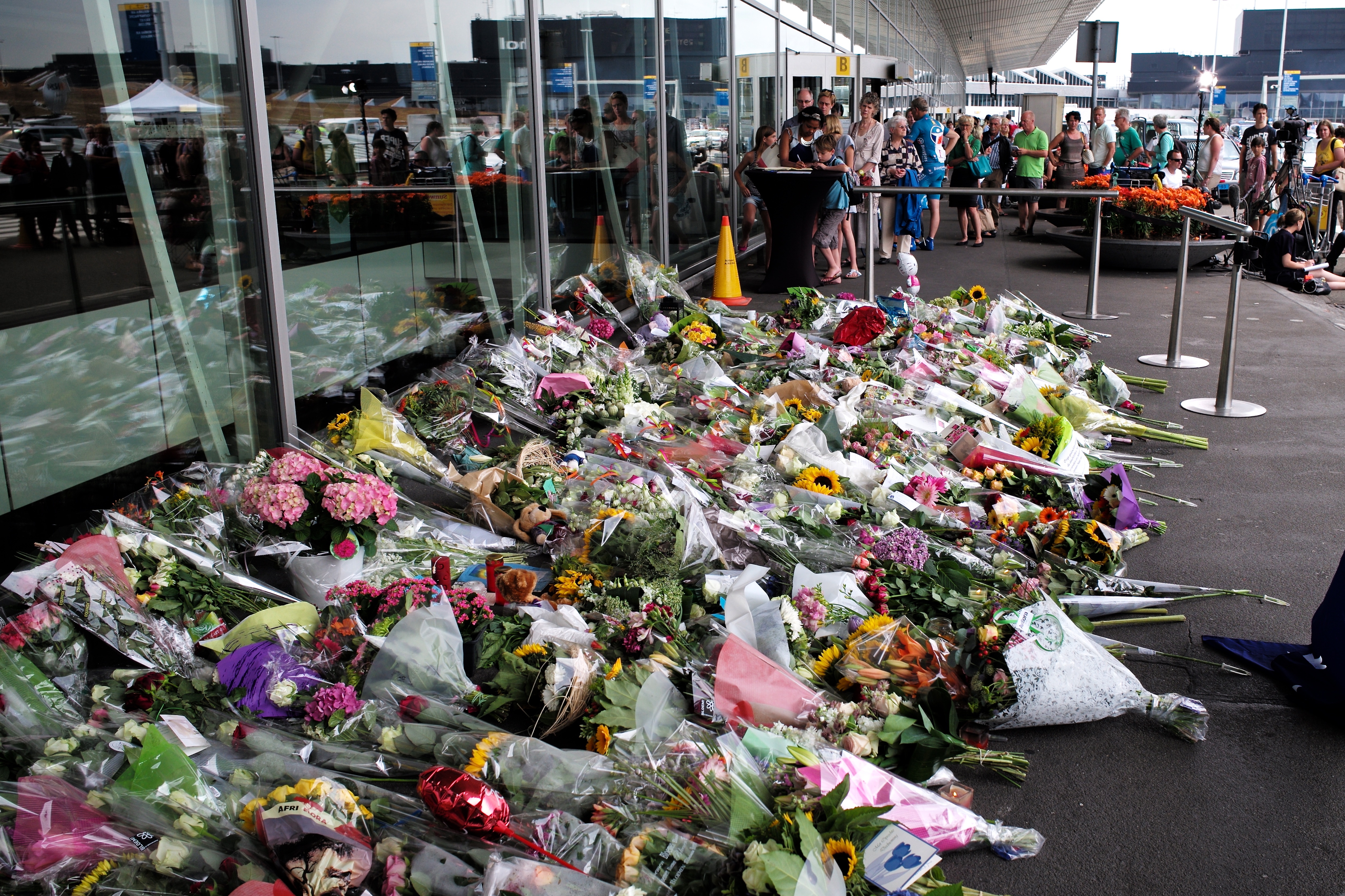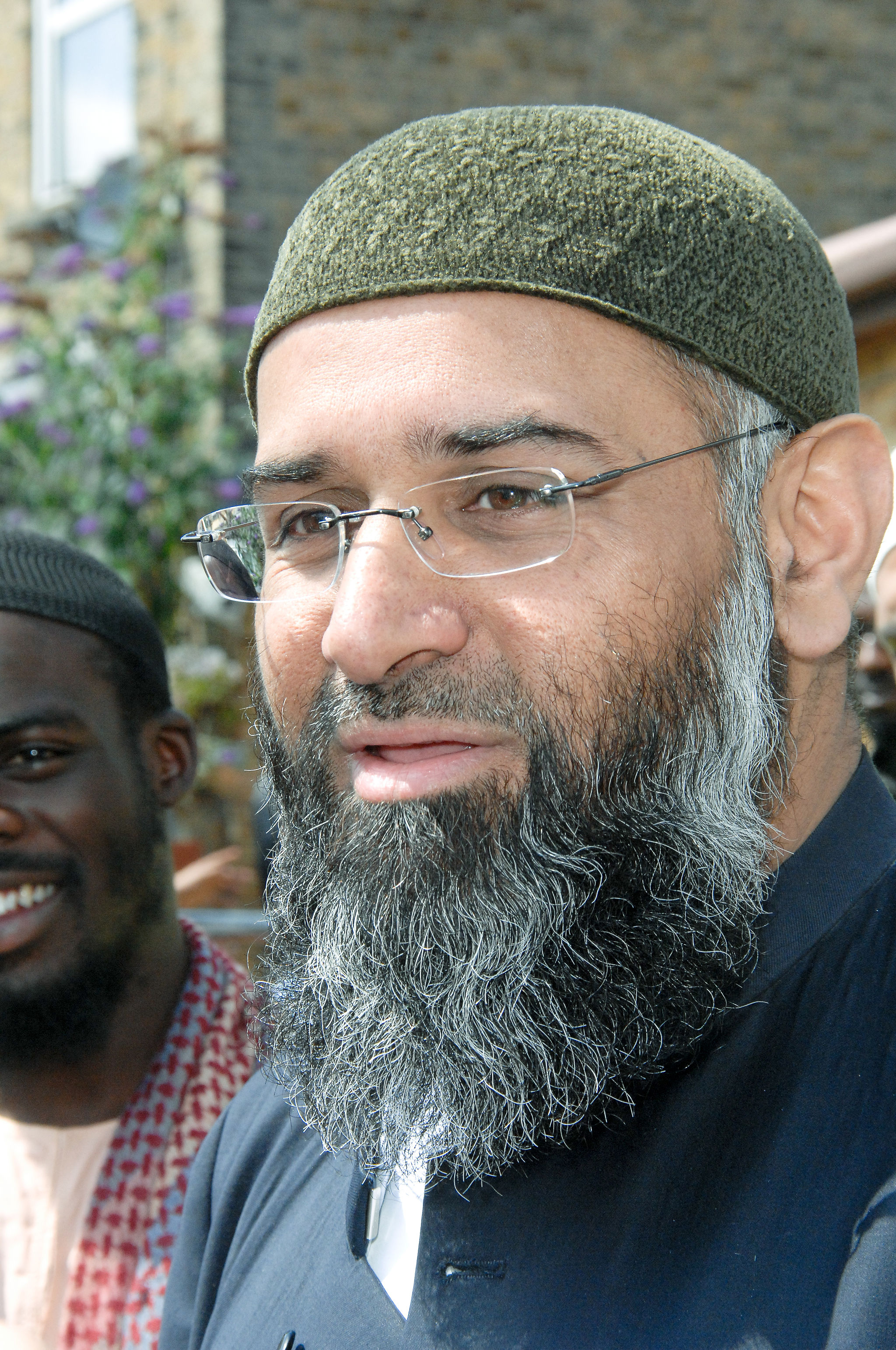By Devin Finn for Denver Dialogues

At a press conference on Friday, November 7, 2014, Mexico’s Attorney General Jesús Murillo Karam showed images of bone fragments and charred teeth, including those he reported were found in black garbage bags retrieved from the side of a river at a crime scene in Iguala, in southern Guerrero state. Investigators had found that the 43 missing students from Ayotzinapa Normal school had been murdered and their bodies incinerated in the town dump of Colula. Murillo described the forensic analysis of the area, presenting video images of scores of experts as they recovered remains and brushed off bones. Murillo recounted the events of the crime, interspersing his narrative with clips of witness statements: three cartel members who had been arrested filled in gritty details. In short, the students, traveling in commandeered buses on September 26, were seized by local police, handed off, and forced into a couple trucks by cartel members, who drove them to the dump. Those who had not already died earlier of asphyxiation or gunshot wounds were executed by gunmen.
Since the remains had not been positively identified, Murillo stated that the students should still be considered “disappeared.” While he made it clear that the human remains were too badly burned to confirm right away what he described had happened, all lines of scientific investigation had been pursued and exhausted, and the case was virtually closed. The attorney general’s aim was clear: project clarity about the events and localize the crime. The Mexican government was not responsible for the actions that led to the killings of the students.
But the facts were not so tidy as Murillo portrayed them. Forensic experts from the Argentine Forensic Anthropology Team (Equipo Argentino de Antropología Forense, or EAAF), who were assisting in the investigation, found evidence that the area of the dump where the fire burned contained remains of individuals who were not the 43 Normalistas. They aired these facts in a statement in February 2015. In addition, the area was not secured or guarded during a key period in the months following the disappearances, throwing the evidence collected into question. Furthermore, according to some observers, it rained in Cocula the night of September 26.
Forensic investigations of violence constitute a significant battleground for legitimacy and accountability. This has occurred in a dramatic way in Mexico in the case of the 43. But it is not unusual for competing claims about forensic evidence to become flashpoints for broader political issues. In a democracy, relatives of victims may organize and demand accountability. When the state is implicated in violent events, the contestation that follows may lead to the obscuring rather than the revelation of truth.
When we think of transnational actors that shape political mobilization in violent settings, forensic anthropology organizations may not come to mind. Embedded in local investigative processes, these groups carry out work that may remain unreported for years. In Latin America, these organizations include EAAF and its counterparts in Peru (EPAF), Colombia (EQUITAS), and Guatemala (Fundación de Antropología Forense de Guatemala, or FAFG). Their work has grown out of searches for missing persons and clandestine graves in the wake of wars and atrocities, efforts which require scientific investigation to document crimes and human rights violations. These long-term projects draw on traditional archaeological and forensic sciences to exhume and analyze skeletal remains.
In the days, months, and years following a violent event, analysis by forensic experts is central to understanding who victims are, how they were killed and when, placing events and crimes in their geographical and social context. Accompanying these scientific and technical experts are, frequently, historians and anthropologists who know place and people well.
Their findings are instrumental in post-atrocity and post-war prosecutions of large-scale rights violators like Slobodan Milosevic and Alberto Fujimori. Forensic anthropological work is dangerous, difficult, and can be at odds with state interests in protecting evidence that might incriminate particular individuals and institutions. Analysts work in their own countries and collaborate in investigations abroad, including in Somalia, Nepal, the DRC, and the former Yugoslavia.
But forensic anthropologists do much more than prepare evidence for trial. Importantly, forensic efforts provide a means for local mobilization in communities affected by violence. Bringing to bear physical evidence of violent incidents – whether committed by state or non-state actors – is an instrument for advocacy. Violent crimes occurred, and survivors have a right to know the truth about what happened to their relatives. Investment in locating and analyzing victims’ remains betrays a commitment to a community on the part of a third-party actor – the forensic organization – and implicates the state in answering citizens’ questions and basic needs – for health care, education, and justice. Contestation over events and remembrances is a participatory process that informs citizens’ efforts to improve governance and receive recognition of their rights.
For instance, in Peru, EPAF analysts recover remains in localities affected by the civil war in the 1980s, and community members reconstruct the history of violence as they experienced it. Guatemalans, including those living in the United States, are asked to provide DNA samples so that they might receive the recovered bodies of missing relatives, 25 percent of which belong to children. The organization Yahad – In Unum has located and analyzed Holocaust-era mass graves in Poland, Ukraine, and Belarus, and built an interactive map of execution sites.
Exercising the right to know the truth and establishing authorship of devastating crimes is a basis for reclaiming citizenship. Making claims on the state is an intrinsic individual right, but one not frequently honored in societies affected by violence. After wars end, individual and collective reparations often miss the mark.
In communities where people live among the corpses of their family members, political mobilization is a means of arbitrating the state’s use of violence.
To render justice and accountability in contexts where civilians have been killed is the duty of the state. This obligation, we know, is not always fulfilled. In studies of political violence, we sometimes miss theorizing connections among processes of victimization, social mobilization, and state agency. We must set out to understand the links that unfold between unearthing human remains as evidence of violence and the rights of citizens who survive. How do victims exercise and construct authority? How do post-war social relations, influenced by the presence of violent perpetrators, shape political participation? Who mediates the relationship between aggrieved citizens and the state?
In Mexico, a meta-movement has grown – what many intellectuals and artists call an “infrarrealista revolution” – that not only fingers the culprits behind brutal violence (“Fue el estado!”), but which also chants “the state is dead.” (“El estado está muerto!”) The families of the Ayotzinapa students have said they reject the official version of events, and they continue to lead marches and demand that the students be found alive, as they were when they were taken.
The disappearances – and the state’s feeble response – have generated new ideas about social consciousness and a changed perspective on citizens’ roles. Drawing on a tradition of nonviolent action against impunity, protesters demonstrate peacefully against violence. A convergence of Mexicans with different objectives and motivations fuels the movement, showing their awareness that the likely killings of the 43 are not an isolated instance of mass violence, but one among several recent massacres in which shortcomings of the authorities are made plain. Legislative elections in June loom, but people are not waiting for their chance to participate. They are rethinking their ideas about how to act as citizens in a system that perpetuates violence and insecurity.






